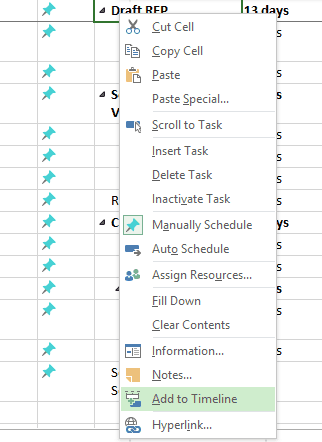

Standard calendar year Sets each fiscal period according to the standard 12-month year, beginning on January 1. In the Set Fiscal Year Creation Model section, select a formatting method for the fiscal period:Ĥ,5,4 Method Sets a four-week fiscal period, followed by a five-week fiscal period, and then another four-week fiscal period.Ĥ,4,5 Method Sets a four-week fiscal period, followed by another four-week fiscal period, and then a five-week fiscal period.ĥ,4,4 Method Sets a five-week fiscal period, followed by a four-week fiscal period, and then another four-week fiscal period.ġ3 months Sets each fiscal period as four weeks. In the Define Fiscal Period Start Date section, type the date on which the fiscal year should begin, or select it by using the date picker.

In the Manage Fiscal Period section, select the year that you want to define as the fiscal period, and then choose Define. On the Server Settings page, in the Time and Task Management section, choose Fiscal Periods. On the Quick Launch, in the Settings section, choose Server Settings. To set fiscal periods in Project Web App: So, if the fiscal year begins on January 1, 2019, the first quarter will have three periods: By creating the fiscal periods in bulk, you can base them off several different models, and Project will calculate the dates accordingly.įor example, if your organization divides each quarter into three periods-one that is four weeks long, followed by one that is five weeks long, and then another that is four weeks long-you can specify this model in Project Web App, and Proejct will create fiscal periods for the year according to that schedule. Using Microsoft Project Web App, you can easily define the fiscal periods for a specific year. In the Label boxes, select the labels that you want to use. In the Units boxes, select the timescale units that you want to use.

On the tabs for the timescales that you want to display, do the following: On the tab for each timescale tier in which you want to use your new fiscal-year setting (the Top Tier, Middle Tier, or Bottom Tier tab or any combination), select the Use fiscal year check box. On the View tab, in the Zoom group, choose Timescale at the bottom of the Timescale menu. Keep in mind it is the fiscal-year setting that controls how time is displayed on the timescale, but that it doesn't change the way that task dates and assignment dates appear in a view. You can change how the timescale of a sheet view (such as the Gantt Chart view, Task Usage view, or Resource Usage view) displays the new fiscal-year settings. If you want to label the fiscal year by using the calendar year in which that fiscal year begins (rather than the calendar year in which it ends), select the Use starting year for FY numbering check box.Ĭhange the timescale to reflect the new fiscal-year setting In the Fiscal year starts in box, select the month with which you want the fiscal year to start. Choose File > Options, and then select Schedule.


 0 kommentar(er)
0 kommentar(er)
